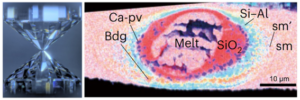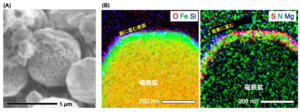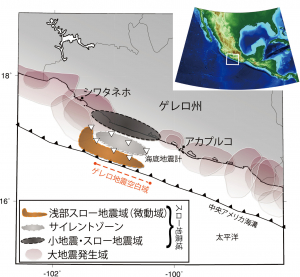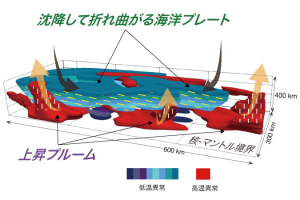How to cool your brain? These animals use their nose
Nasal structures, called respiratory turbinates, offer a clue to the evolution of nasal cooling in warm-blooded animal descendants of theropod dinosaurs such as birds.
Press Releases:April 12, 2023
A research team led by Seishiro Tada and Takanobu Tsuihiji of the University of Tokyo shows that the living warm-blooded descendants of theropod dinosaurs evolved a better nasal cooling system aided by larger nasal cavities than cold-blooded animals. The study provides clues to the evolution of nasal cooling in warm-blooded animals from their theropod dinosaur ancestors.
Endotherms, or warm-blooded animals, maintain their high body temperature through internal heat sources. Birds, humans, and other mammals are endotherms. But ectotherms, or cold-blooded animals such as reptiles, use external heat sources to keep warm. Humans seek air-conditioning or a cold drink on a hot summer day to cool off. How do other endotherms prevent overheating or frying their heat-sensitive brain? The answer might be in their nose.
In endotherms like birds, mammals, and you, the nose not only sniffs out scents and stenches but also aids in heat exchange thanks to the small undulating scroll-shaped structures called respiratory turbinates made of bone and cartilage tissue. They may help moisten the inhaled air, and exchange heat from the circulating blood, which can cool the brain.
A previous study showed that the size of the nasal cavity in ectotherms and endotherms correlates with body size. “But its physiological role has been controversial,” said Seishiro Tada, a graduate student at the University of Tokyo. Does a large nasal cavity help maintain the whole-body temperature through blood circulation or simply cool the large brains of endotherms? If it is to cool their brain, endotherms with larger brains might have larger nasal cavities and efficient cooling aided by turbinates. To test that, the researchers aimed to clarify the primary role of respiratory turbinates and the physiological function of the nasal cavity of non-avian dinosaurs and their living descendants.
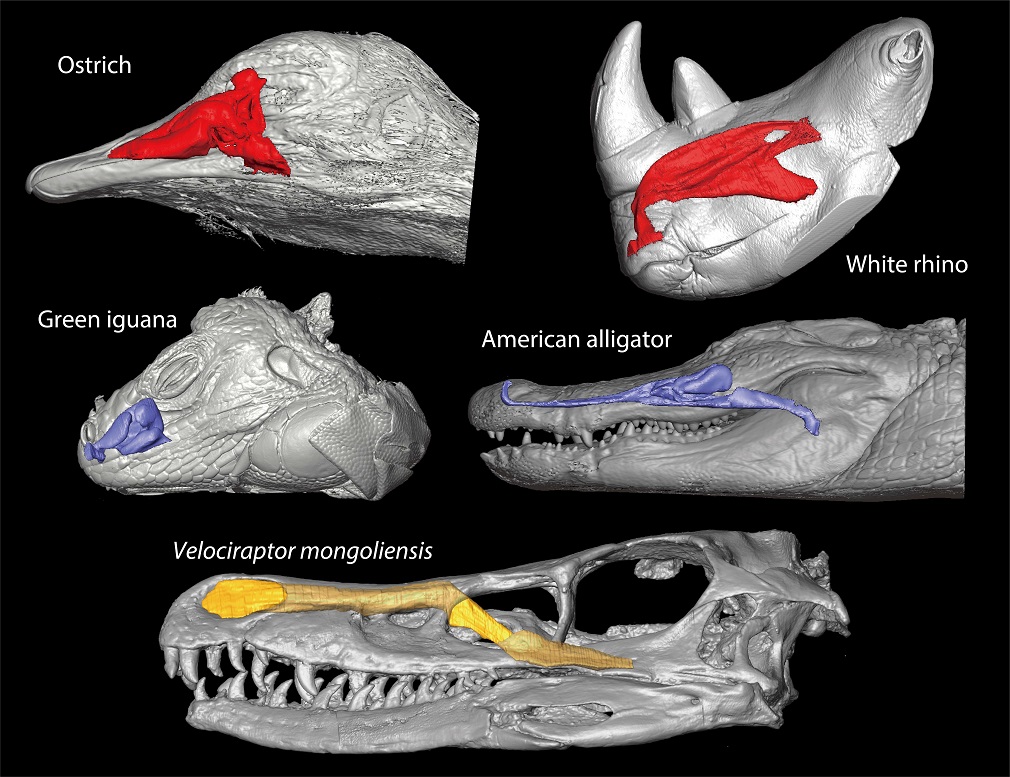
Figure 1. Three-dimensional reconstructions of the nasal cavities of living tetrapods and the main airway in the nose of the theropod dinosaur Velociraptor mongoliensis. Warm-blooded ostriches and white rhinos have larger nasal cavities than cold-blooded green iguanas and American alligators.
For more information, please see below.
- School of Science, UTokyo:https://www.s.u-tokyo.ac.jp/en/press/2023/8393/
- Publication details:https://royalsocietypublishing.org/doi/10.1098/rsos.220997




